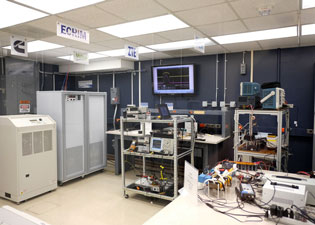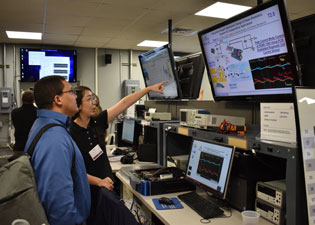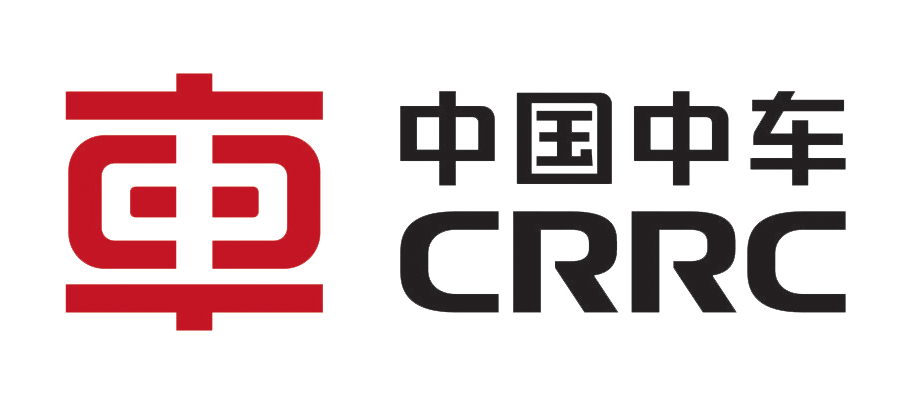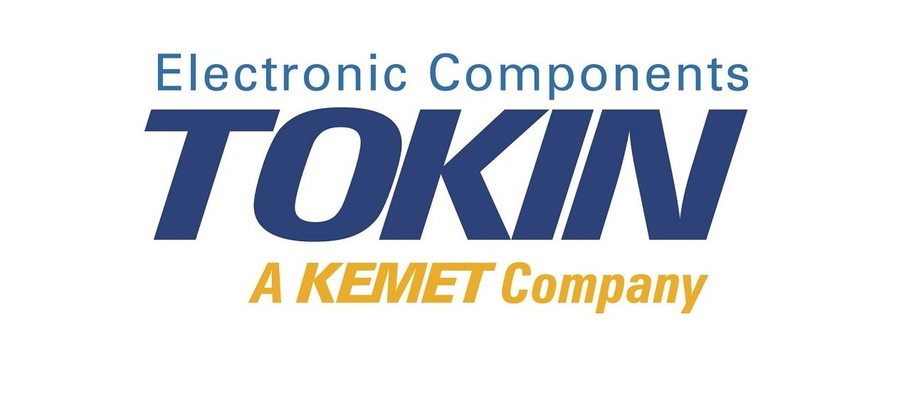RESEARCH
Application Areas
POINT-OF-LOAD CONVERSION

Although they are a subset of power management, point-of-load (POL) conversion for power supplies is becoming a major power electronics application in its own right. POL converters are being used in microprocessors for computers, GPS systems, cell phones, PDAs, and other portable electronics. These applications require higher output current, faster transient response, lower output voltage, and tighter output voltage regulation than conventional technology provides.
POL converters are placed near the processor consuming the power. This system avoids long wiring distances between the converter and processor that is found in conventional power supplies and provides a precise voltage supply that meets low-voltage/high-current needs.
Merely employing POL converters, however, is not enough for tomorrow’s applications. Using today’s POL technology to meet ever-stringent requirements would mean larger output and decoupling capacitors, which would raise the cost and occupy too much space on the motherboard.
CPES researchers are seeking alternative POL technology and are investigating different power system architectures, control methods, power conversion, topologies, packaging, more integration, and improved thermal management solutions.
CPES invented the multi-phase voltage regulator module (VRM) based on paralleling multiple buck converter cells in 1997 and today, every computer with an Intel microprocessor uses that CPES technology. In 1997, the biggest application for VRs was microprocessors for computers; today, applications are growing in quantity and variety.





























































































